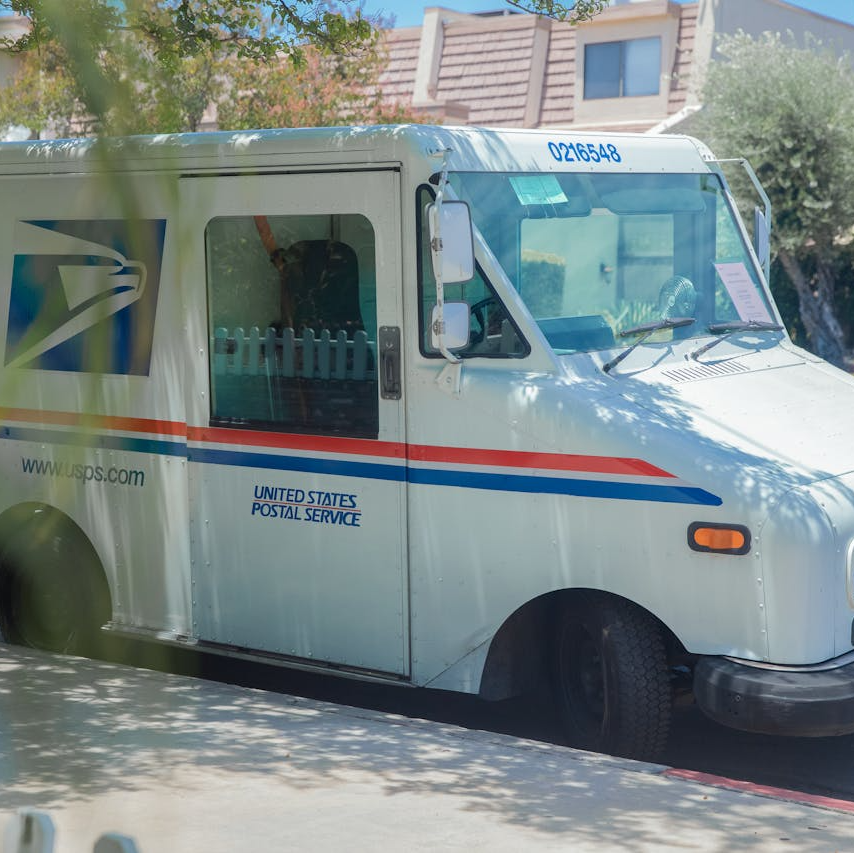Key Takeaways:
-
Coinsurance is the percentage of costs you share with your Postal Service Health Benefits (PSHB) plan after meeting your deductible. Understanding these rates is crucial to budgeting for your medical expenses.
-
Knowing the difference between in-network and out-of-network coinsurance can help you make cost-effective choices and avoid surprise bills.
Understanding Coinsurance in PSHB: What You Need to Know
Navigating healthcare costs can feel overwhelming, and one of the biggest factors influencing what you pay out-of-pocket is coinsurance. If you’re covered under the Postal Service Health Benefits (PSHB) program, knowing how coinsurance works can make a big difference in your medical expenses.
Unlike copayments, which are fixed amounts, coinsurance is a percentage of the cost of services you share with your plan after meeting your deductible. It can vary depending on whether you see in-network or out-of-network providers.
This guide breaks down the three most important facts about coinsurance in PSHB, helping you prepare for medical costs and avoid unexpected bills.
1. Coinsurance Kicks in After You Meet Your Deductible
Your deductible is the amount you must pay out-of-pocket before your PSHB plan starts sharing costs. Think of it as the initial threshold you need to cross before coinsurance applies. Once you’ve met this amount, your plan starts covering a percentage of covered services, and you pay the remaining portion.
How Deductibles Affect Coinsurance
-
Before meeting the deductible: You pay 100% of covered medical costs (except for preventive services, which are usually covered at no cost to you).
-
After meeting the deductible: Coinsurance applies, meaning you share a percentage of the costs with your plan.
For example, if your PSHB plan has a 20% coinsurance rate and you receive a medical service that costs $1,000, you would pay $200, while your plan would cover $800 (assuming you’ve met your deductible).
Understanding when your coinsurance takes effect is crucial, as it helps you budget for healthcare expenses throughout the year.
2. In-Network vs. Out-of-Network Coinsurance: The Cost Differences
PSHB plans have provider networks that include in-network and out-of-network healthcare providers. The network you choose impacts your coinsurance rate and overall out-of-pocket costs.
In-Network Coinsurance: The Lower-Cost Option
When you visit an in-network provider, your plan has pre-negotiated rates, which means:
-
You receive discounted service rates.
-
Your coinsurance percentage is lower compared to out-of-network care.
-
You pay less overall for medical services.
Out-of-Network Coinsurance: A Costly Alternative
Seeing an out-of-network provider means:
-
Higher coinsurance percentages, increasing your out-of-pocket costs.
-
No pre-negotiated discounts, leading to higher overall bills.
-
You may need to pay upfront and file a reimbursement claim, which can be time-consuming.
Why This Matters
Choosing in-network providers whenever possible can help you save significantly on medical expenses. If you regularly see an out-of-network provider, checking your coinsurance rate in advance can prevent unexpectedly high bills.
3. Your Out-of-Pocket Maximum Limits Your Costs
Even though you share costs through coinsurance, PSHB plans have an out-of-pocket maximum—a financial safety net that limits the total amount you’ll pay in a given year.
How the Out-of-Pocket Maximum Works
-
It includes your deductible, coinsurance, and copayments.
-
Once you reach this limit, your plan covers 100% of covered services for the rest of the year.
-
It helps prevent catastrophic financial burdens from high medical expenses.
Tracking Your Out-of-Pocket Spending
-
Keep an eye on your Explanation of Benefits (EOB) statements to monitor your spending.
-
Once you approach your out-of-pocket maximum, your financial responsibility decreases significantly.
-
Out-of-pocket maximums reset annually, so plan your medical care accordingly.
Knowing this limit is key to managing your healthcare budget, especially if you anticipate high medical expenses within the year.
Making the Most of Your PSHB Coverage
To minimize your healthcare expenses under PSHB, consider the following tips:
1. Use Preventive Care Services
Most PSHB plans cover preventive care at no additional cost to you, meaning you won’t need to pay coinsurance for services like annual checkups, screenings, and vaccines. Staying on top of preventive care can help detect health issues early and save you money on future treatments.
2. Choose In-Network Providers Whenever Possible
Since in-network providers have lower coinsurance rates, sticking to these providers ensures you pay less out-of-pocket. Check your plan’s provider directory to find participating doctors and hospitals.
3. Plan for Major Medical Expenses
If you anticipate a surgery or expensive treatment, understanding your deductible, coinsurance, and out-of-pocket maximum can help you estimate your costs ahead of time. If possible, schedule expensive procedures later in the year when you may have already met your deductible.
4. Consider a Health Savings Account (HSA) or Flexible Spending Account (FSA)
If your PSHB plan is eligible for a Health Savings Account (HSA) or offers a Flexible Spending Account (FSA), contributing to one of these accounts can help cover your coinsurance payments with tax-free dollars.
Manage Coinsurance Wisely and Stay in Control of Your Healthcare Costs
Understanding coinsurance, deductibles, and out-of-pocket maximums is essential to making informed healthcare decisions under PSHB. Knowing when and how coinsurance applies, choosing in-network providers, and tracking your healthcare spending can help you avoid surprises and keep costs manageable.
If you need assistance selecting the right PSHB plan or understanding your benefits, get in touch with a licensed agent listed on this website. They can help you navigate your options and ensure you’re making the best choice for your healthcare needs.











